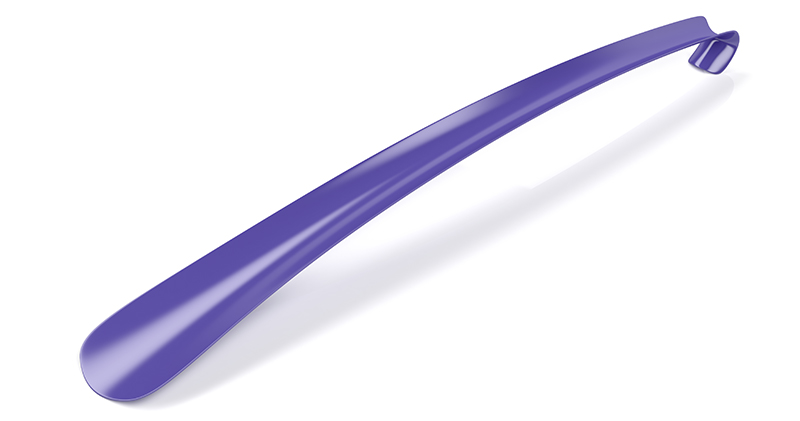Toward a Bigger Shoehorn!
By the PHANTOM
Seems that there is no end to the services our customers demand. Nor the complaints that it’s too expensive. So this industry has made quite a life out of figuring out how to do more with less. Reminds me of the old saying, “We, the unappreciated, have been doing the difficult with so little for so long that we are now prepared to do absolutely everything with nothing at all.” Wouldn’t your boss love that? Watch it: He just may take you seriously!
It’s fascinating to think about how far we’ve come with fiber in the last 40 or so years. Back in the day we were wondering what to do with this new-fangled piece of glass we were holding in our hand: Would we actually be bold enough to think that we could put a whole video signal, with color and sound, over that one, tiny piece of glass? More than one video? At the same time? We finally figured out that we could put a whole cable system’s worth of video and data on that fiber! And we found that the cost of extra fibers was low, so the cost of putting a bunch of fibers in one cable didn’t cost much more than putting up the one strand. We could future-proof our fiber plant by putting maybe 12 fibers where we needed one. So even if, over maybe 50 years, we only needed half of the fibers, we were still ahead putting in 12 now, because those extra fibers didn’t cost that much.
But flash-forward to now, nearly ¼ of the way through this century, and those 12 fibers look like we were being way, way too cheap. Why didn’t we put up 48 fibers? We sure could use them now! Enter more and more technologies for shoe-horning more data into the fibers we’ve got, because it’s too darned expensive to put up more fiber. Way back when, we could find an open trench or a bit of space on a shared pole to hook our fiber. But now the dirt is pretty full of fibers and other stuff that you really don’t want to mess with.
Reminds me of the incident that took place in a certain city way down south where the Department of Transportation, DOT, was real proud of the traffic cameras they had installed along this particular expressway, traffic cameras being pretty new technology at the time. They had a fiber optic cable hooking all the cameras up to the DOT office, then to the web.
Well, one day the cameras stopped working. Why? They spent a day looking over everything in the office and couldn’t find anything amiss. So they put a guy in a truck and told him to see if he could spot anything along the expressway. He had only gone a few miles when he spotted this guy with a trencher, happily digging along the exact path where the DOT cable had been laid. By that time, many miles of fiber optic cable lay in very small pieces in the dirt. Sure, the outfit digging the trench had the proper permits, but ya know, sometimes mistakes do get made, and the database as to where the DOT cable was located was wrong. The cameras were off-line for quite a few months while the DOT arranged for another cable to be trenched. And for the money to pay for it. Naturally this was at a time when everyone was putting in fiber, and the manufacturers were looking at super long backlogs.
Anyway, the point is that we are in an era of making the most of what we have in the way of fiber assets. And the subscribers still are demanding more for less! So the industry continues to figure out ways to get more bits over the fiber optic cable we have. A recent buzz word for this is “coherent optics.” So whatzit mean? In my deranged way, I see it as handling optics more like how we handle RF transmission of data. You use a really good laser that has coherent output—it outputs energy continuously and on one frequency. Then we can treat the optical carrier more like we have long treated RF carriers. After all, light is electromagnetic energy, and just as we can guide RF energy in a coax “pipe,” we can guide optical energy, the same thing except at a MUCH higher frequency, in a fiber optic “pipe.” We are up to, what, 1.2 GHz maximum carrier frequency on coax, and the carrier frequency of light on fiber optic cable is in the neighborhood of 200 thousand GHz! We’ll talk next time about the way we can use coherent optics to shoehorn more bits into one fiber.
 The Phantom
The Phantom
You never know when The “masked” Phantom is standing right beside you. Sometimes he is in a Zoom meeting or virtual SCTE training session with you. He may be hanging with the suits and other times with the front liners. But be assured, The Phantom knows all and, most importantly, The Phantom sees all!
Shutterstock




